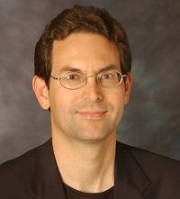 By John Halamka, MD
By John Halamka, MD
Twitter: @jhalamka
In many previous posts, I’ve written about the importance of enabling infrastructure to accelerate interoperability. The standards are not the rate limiting step, but the lack of a provider directory, patient identifier, and consent registry are.
David McCallie of Cerner has solved the provider directory problem of the country. He downloaded the NPPES national provider database. He created a FHIR-based Application Program Interface to the database by writing 300 lines of Python code and put it live on Amazon Web Services (for $15/month).
Just look up last name Halamka (or any other physician know).
Some important caveats:
- It’s based on loading the imperfect and often out-of-date CMS national provider database. database.
- The national provider database does not contain Direct addresses, so to run it as a real national service, Health Information Services Providers (HISPs) would need to submit a comma separated value (CSV) file of Direct Addresses and National Provider Identifiers at reasonable intervals.
- Each night, the database could be re-loaded using the then-current CSV files. That would easily allow a HISP to remove or correct names, or even drop out (submit an empty CSV).
As I wrote about in my recent post, Trajectory not Position, we all need to be doers.
The Provider Directory for the country issue has been solved, we just need to get HISPs involved in updating it.
I look forward to including the David McCallie Provider Directory FHIR implementation in upcoming national standards recommendations.
John D. Halamka, MD, MS, is Chief Information Officer of Beth Israel Deaconess Medical Center, Chairman of the New England Healthcare Exchange Network (NEHEN), Co-Chair of the HIT Standards Committee, a full Professor at Harvard Medical School, and a practicing Emergency Physician. This article was originally published in his blog Life as a Healthcare CIO and is reprinted here with permission.
